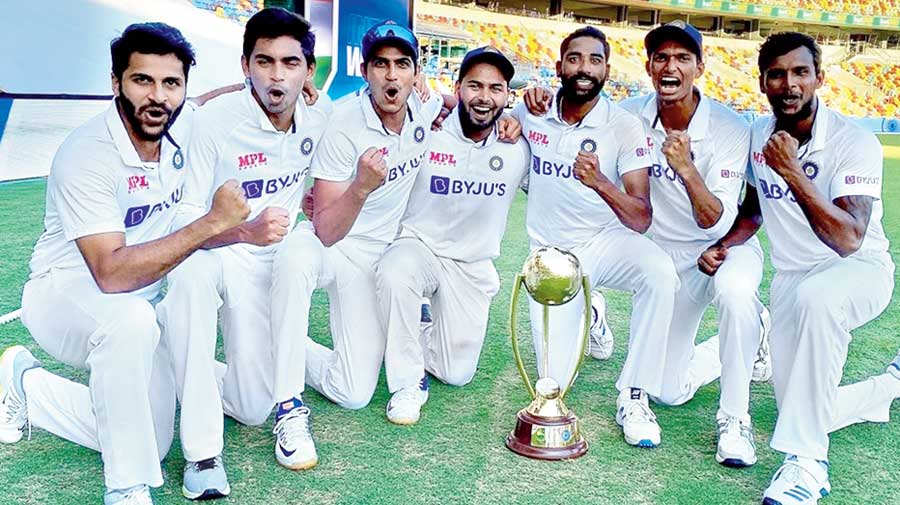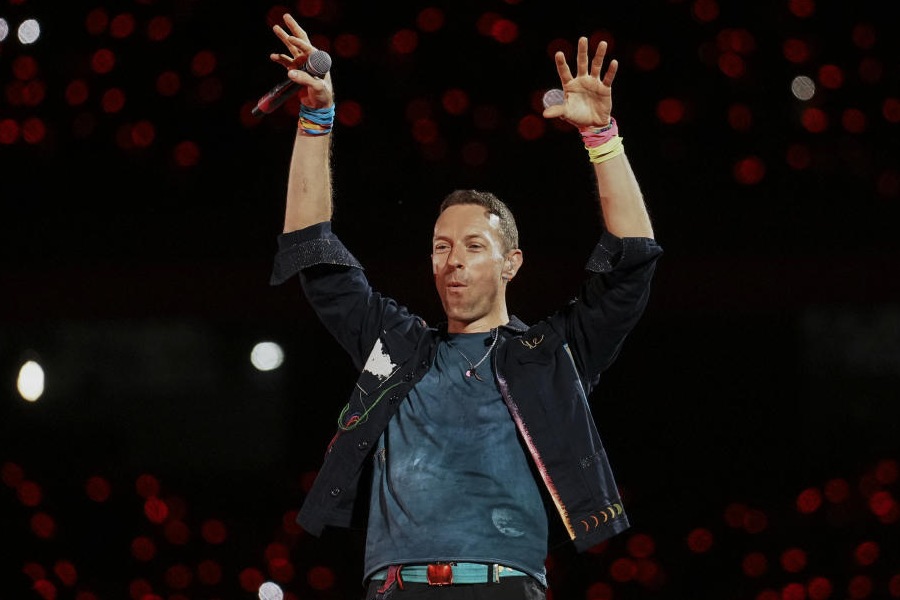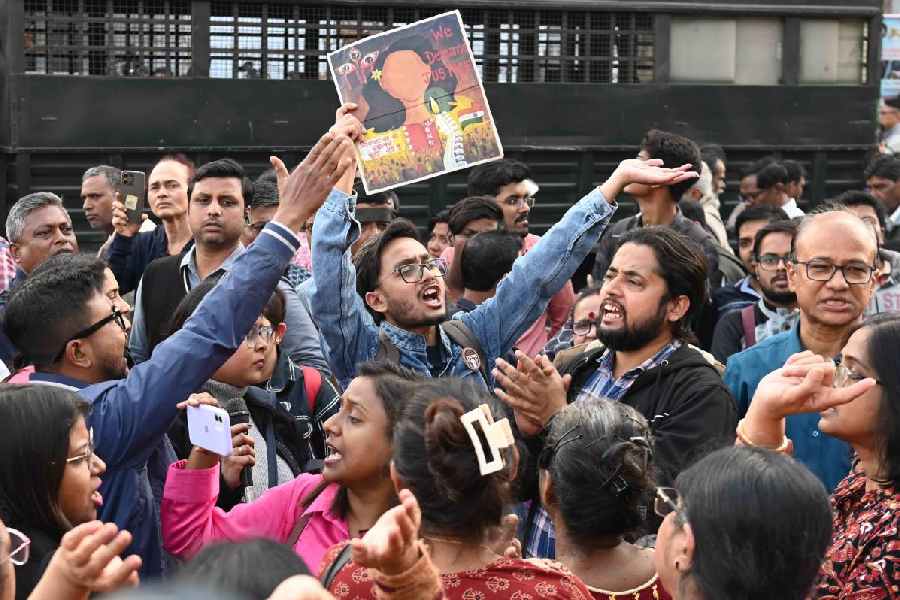A former India cricketer who toured Australia in the mid-Eighties narrated this story a few years ago. On the eve of one of the matches in Perth, a well-known cricketer complained of a groin injury during warm-up on witnessing a green top on offer.
Such instances weren’t unheard of in what was considered “alien conditions” then. Barring some of the big names, the bounce and pace of Australian wickets wasn’t something the Indians cherished. Individual brilliance was often on display but the lack of a concerted team effort led to dismal performances.
The 1977-78, 1980-81 and 1985-86 Test series could always be treated as aberrations. Performances took a dip since and managing to force a draw was treated akin to victory.
Things underwent a change once Sourav Ganguly took over as captain. Winning overseas wasn’t considered a taboo anymore and the Indians dared to dream. If the 2003-04 series Down Under is treated as a watershed moment for Team India, Virat Kohli has managed to carry the tradition forward. It showed in their series victory in 2018-19.
The evolution of the Indian Premier League also played its part. Youngsters were no longer afraid to take on the best in the business having got the opportunity to rub shoulders with them in their franchise.
The IPL has often been ridiculed for changing the mindset of the players. While it’s true that cricketers nowadays look at shortcuts to achieve fame and success, the IPL has also enhanced their game. More importantly, it has given the platform to nurture fresh talent while developing their technique and temperament.
The stars of India’s series-defining victory in Brisbane — Rishabh Pant, Shubman Gill, Shardul Thakur, Washington Sundar, T. Natarajan, Navdeep Saini and Mohammed Siraj — have all earned their name courtesy the IPL.
A fact acknowledged by former India captain Dilip Vengsarkar. “The IPL definitely has its benefits... No question about that. It has helped these players mingle with the best. They’ve learnt from their work ethics and mastered how to approach the game,” Vengsarkar told The Telegraph.
“The IPL has been a learning process for these youngsters. The confidence they garnered by being in close proximity to the best players has helped them at the highest level.”
Except for Shardul, the average age of the newcomers is between 19 and 21. This generation of Indian players is certainly more daring, adventurous and ready for the challenges. They are not afraid to chase dreams and live life on the edges.
Team India’s regular bowling line-up is so power-packed that none knows when Shardul will get another opportunity to play a Test. But this is a team driven by youth who can go for the jugular with a new-look bowling attack when others would have been scared to step on to the field.
The team is never dependant on any particular player — if Bumrah is missing, there’s Shardul; if Ravichandran Ashwin isn’t fit, Sundar can take his place. That has been the most defining aspect of this series victory. Another person who deserves credit for their gung-ho attitude is Rahul Dravid. The former India A coach and the current chief of the National Cricket Academy has played a significant role in shaping their careers. Be it Pant, Gill, Sundar, Saini or Siraj none of the youngsters can overlook the former India captain’s contribution in their evolution.
As India A coach, he always stressed more on the mental aspect than on technique. The difference was visible right through this tour.
India’s youth brigade deserved this success. They stormed the fortress which the Aussies called Brisbane, changed the perception of how this bunch of lesser-knowns will be viewed in time to come and bullied the bullies out of Gabba.











